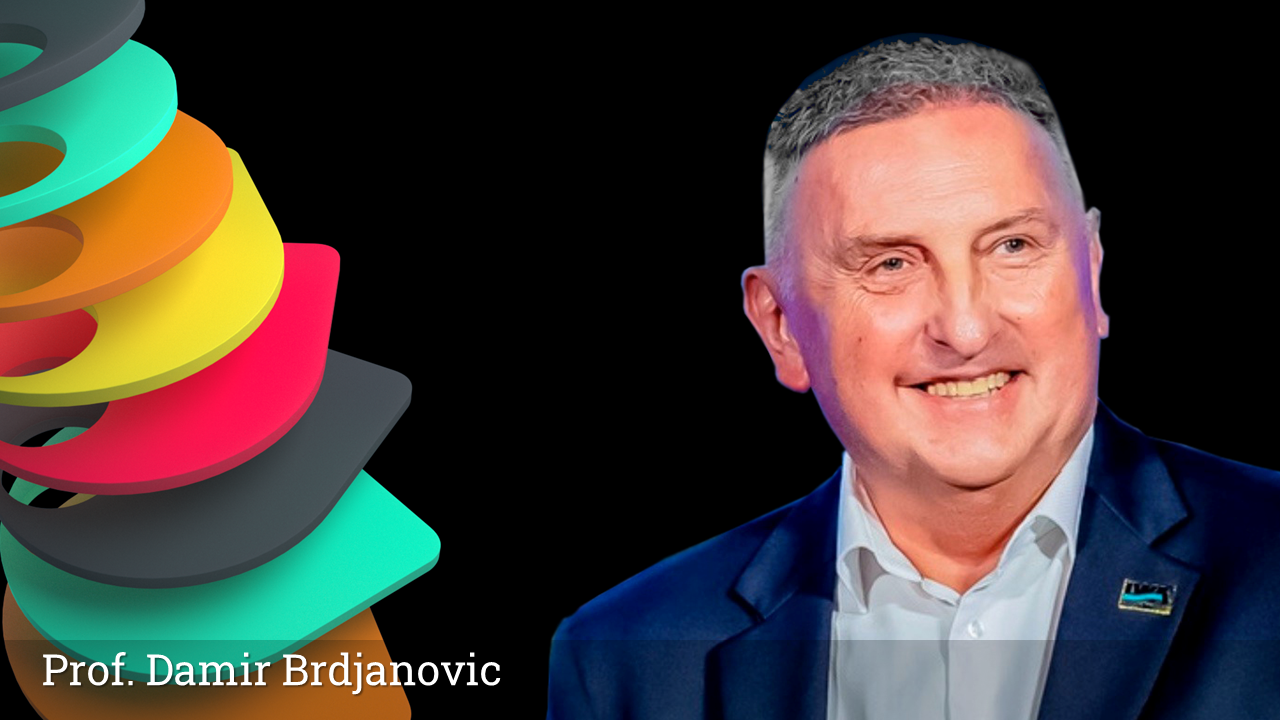Welcome by Prof. Damir Brdjanovic

This course is designed for those who wish to learn about modelling of activated sludge processes and includes modelling basics, aim and scope, model building and general set-up, stoichiometry, kinetics, transport and matrix notation. You will also get deep insight into stepwise development of the biokinetic model ASM1 as well as the fundamentals of other activated sludge models (ASM). The ASM toolbox is also introduced as well as modelling challenges and future trends. The examples and exercises section of the course expands on conceptual modelling of non-sewered sanitation technologies as well on integrated citywide inclusive sanitation modelling. The course covers variety of case studies and examples of integrated modelling of sewer systems, wastewater treatment plants and receiving waters using different models and modeling simulators. By the end of the course you will be ready to embark on modelling studies.
